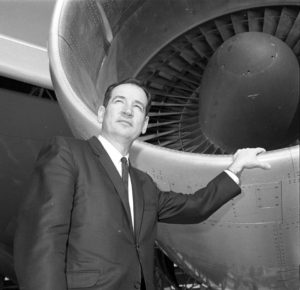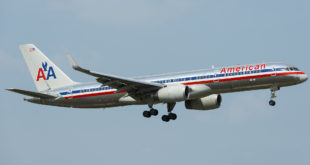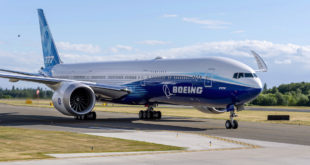
Sutter, born on March 21, 1921 and given the title ‘Father of the 747’ by the National Air and Space Museum of the Smithsonian Institution, led the design and engineering efforts of the plane that was first unveiled in 1969, has shipped over 1,523 units till July this year, and will continue to do so till 2019, 50 years later. He first joined Boeing in 1940, while studying aeronautical engineering at the University of Washington. He returned to Boeing after serving in the US Navy during World War II.
During his career Sutter was also involved with the Boeing 707, 727, and 737. Each a legendary passenger aircraft. He is the engineer who decided to place the engines of the 737 below the wing, rather than on the tail, as was in the 727. It is his work on the 747, though, that catapulted Sutter into legend category. In tribute, on his 90th birthday, Boeing renamed its main engineering building for the Commercial Airplanes division, as the Joe Sutter building. As Executive Vice President of Operations and Product Engineering, Sutter was also involved with the Boeing 757 and 767. He retired from Boeing in 1986.
Boeing Commercial Airplanes CEO Ray Conner paid tribute to Sutter, calling him ‘Incredible’, the term given to the engineers and builders of the 747.
His team, along with thousands of other Boeing employees involved in the project, became known as the Incredibles for producing what was then the world’s largest airplane in record time – 29 months from conception to rollout.
The 747, the world’s first wide body passenger jetliner, revolutionised mass air travel. Credited with lowering costs and bringing millions of passengers to the skies, the 747 heralded the modern era of international air travel.
My earliest memory of flight is from June 1972, boarding the Emperor Ashoka, the first Boeing 747 of national carrier Air India. I still visualise the six storey tall tail soaring into the night sky above Santa Cruz airport in Mumbai, as my mother and I climbed the staircase attached to the rear door. In 1984, on my first long distance international flight, to the United States, the flight stopped in Karachi en-route from New Delhi to Frankfurt. I can still recall my father, braving the guns of the Pakistani security guard, walking down the stairs to kneel and kiss the ground of the city he was born in, and to which returned to, after 37 years, having left during the partition of 1947. The plane we were travelling in was a Pan American Boeing 747 named “Empress of the Skies”.
Thanks to its popularity, the 747 Jumbo Jet is the aircraft most associated with the memories of aviation geeks around the world, the happy and the sad. It was the 747 that was Emperor Kanishka of Air India, and Maid of the Seas of Pan Am, which were blown up by terrorists mid-air. It was a KLM 747 colliding in to a Pan Am 747 which resulted in 583 people dying in the worst aircraft disaster till date. But then, on the flip side, it’s the 747 that carries Presidents, Prime Ministers, and heads of state be it Air Force One or Air India One.
If the 747 was a game changer, the story of developing this airliner is a remarkable but lesser known story of sheer faith, driving tireless efforts, and the gamble of spending billions of dollars. Building the world’s biggest factory to make the world biggest passenger plane (at the time), and betting the entire Boeing company on the plane. The two videos below detail the remarkable story of a remarkable plane designed by a remarkable engineer.
Rest in peace Joe, may the skies remain blue forever, the sun always shine on your face, and the wind be at your back.
Videos on the making of the Boeing 747
BBC with Joe Sutter
https://www.youtube.com/watch?v=IG4nmRv94gE
Great planes with Malcolm Stamper
https://www.youtube.com/watch?v=yzSgACuf8gQ
 Bangalore Aviation News, Reviews, Analysis and opinions of Indian Aviation
Bangalore Aviation News, Reviews, Analysis and opinions of Indian Aviation



really great
RIP Joe.
Though I never got opportunity to sit in 747 as yet, when I was in school in 90s, I knew only 1 Boeing aircraft, which was 747 !